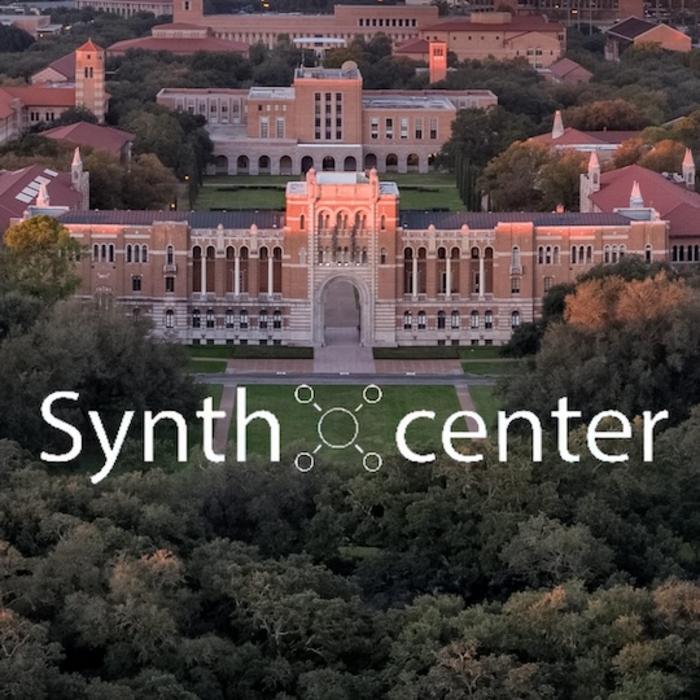Rice University’s Synthesis X Center (SynthX) and Baylor College of Medicine’s Dan L Duncan Comprehensive Cancer Center have jointly awarded their first innovation seed grants to three teams of research collaborators from Rice and Baylor.

Credit: Photo by Rice University
Rice University’s Synthesis X Center (SynthX) and Baylor College of Medicine’s Dan L Duncan Comprehensive Cancer Center have jointly awarded their first innovation seed grants to three teams of research collaborators from Rice and Baylor.
Launched this spring, SynthX fosters the development of groundbreaking cancer drugs and technologies by encouraging primary researchers and clinicians to collaborate on research that integrates advances in organic chemistry, chemical biology and material chemistry into clinical practice.
Managed by Rice’s office for Educational and Research Initiatives for Collaborative Health (ENRICH), each of the two-year SynthX/Duncan Center seed grants provides up to $80,000 to help research teams initiate projects and amass the preliminary data that’s needed to apply for more substantial awards from federal or international funding agencies. Teams must include one or more principal investigators (PI) from both Rice and Baylor. Three quarters of funds will be provided in year one, and the remainder will be extended to teams that produce multi-PI grant submissions within the first year.
Inaugural grants were awarded to:
-
Baylor’s Pabel Miah , assistant professor of surgery, and Rice’s Lei Li , assistant professor of electrical and computer engineering, for the development and optimization of high-resolution imaging technology to guide the surgical removal of breast cancer tumors. Miah and Li plan to combine photoacoustic and ultrasound technologies to create a real-time imaging system that allows surgeons to directly visualize tumors they could not otherwise see. The technology could improve surgical outcomes and eliminate the need for costly and invasive “tumor localization” procedures that patients often undergo today.
-
Baylor’s Xin Li , instructor of biochemistry and molecular pharmacology, and Yongcheng Song , professor of biochemistry and molecular pharmacology, and Rice’s James Tour , the T.T. and W.F. Chao Professor of Chemistry, for the creation of a precision leukemia treatment that uses molecular jackhammers , molecules invented in Tour’s lab. When activated by a specific frequency of near-infrared light, molecular jackhammers vibrate more than a trillion times per second, so rapidly that their vibrations can disrupt or kill nearby cancer cells. Tour, Li and Song hope to create a treatment that uses molecular jackhammers to disrupt the activity of a transcription protein called ENL that helps fuel the growth of leukemia cells in several acute forms of the disease.
-
Baylor’s Ruhee Dere , associate professor of medicine, and Rice’s Anna-Karin Gustavsson , assistant professor of chemistry, to investigate the mechanism of a cancer-associated enzyme called lysine demethylase 4A (KDM4A) and search for ways to exploit the mechanism to drive cancer cells to kill themselves. In healthy bodies, aberrant or unhealthy cells often kill themselves via apoptosis, or programmed cell death. The circumvention of this process contributes to rapid cell division and tumor growth in many forms of cancer. Previous studies have shown that KDM4A becomes concentrated in structures called centrosomes as cells are preparing to divide, and that low levels of KDM4A can disrupt cell division and cause cells to behave in ways that are reminiscent of cancer. Dere and Gustavsson are working to identify KDM4A’s centrosome-specific partners and to explore how the enzyme’s relationships with those partners may be used to trigger programmed cell death in cancer cells.
By Jade Boyd
Special to Rice News



